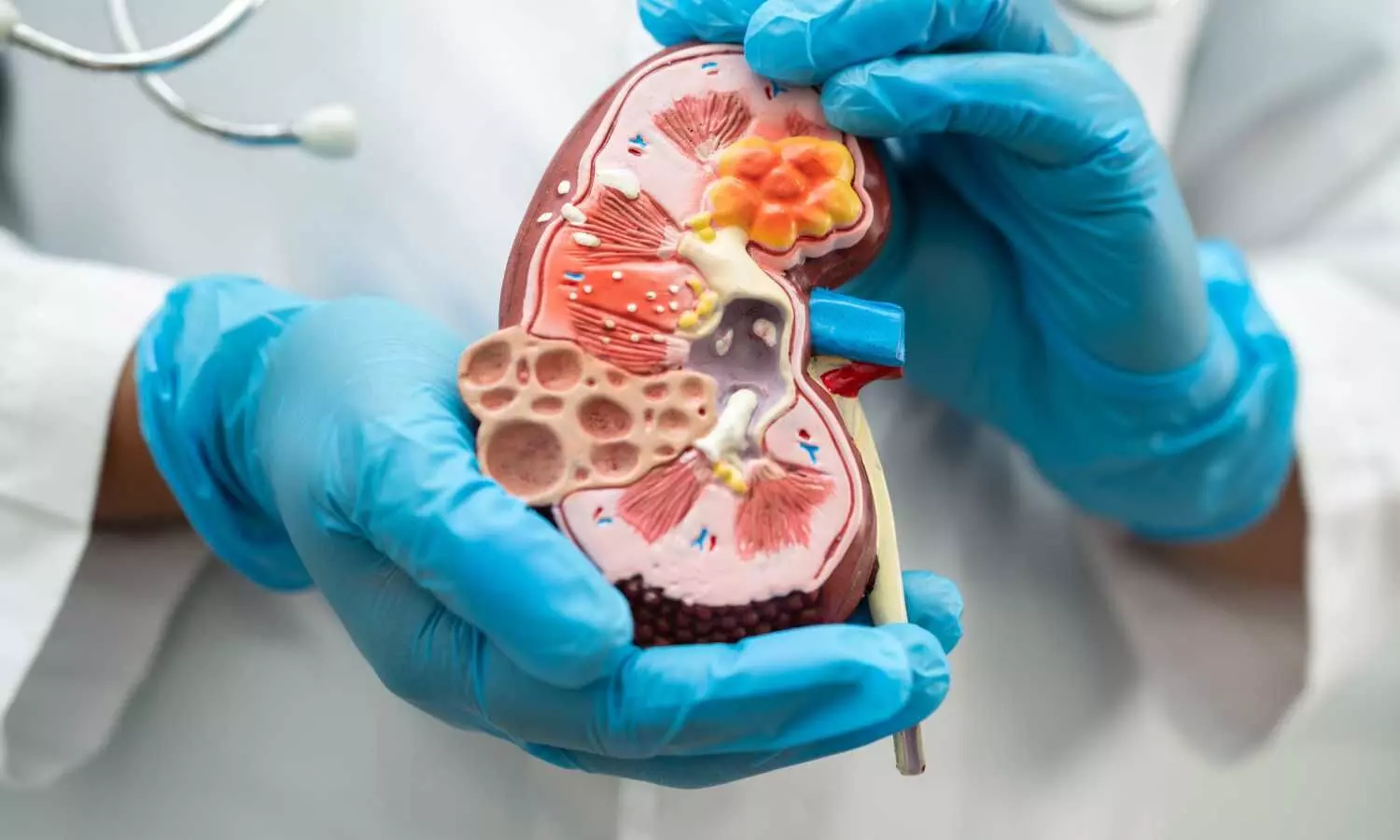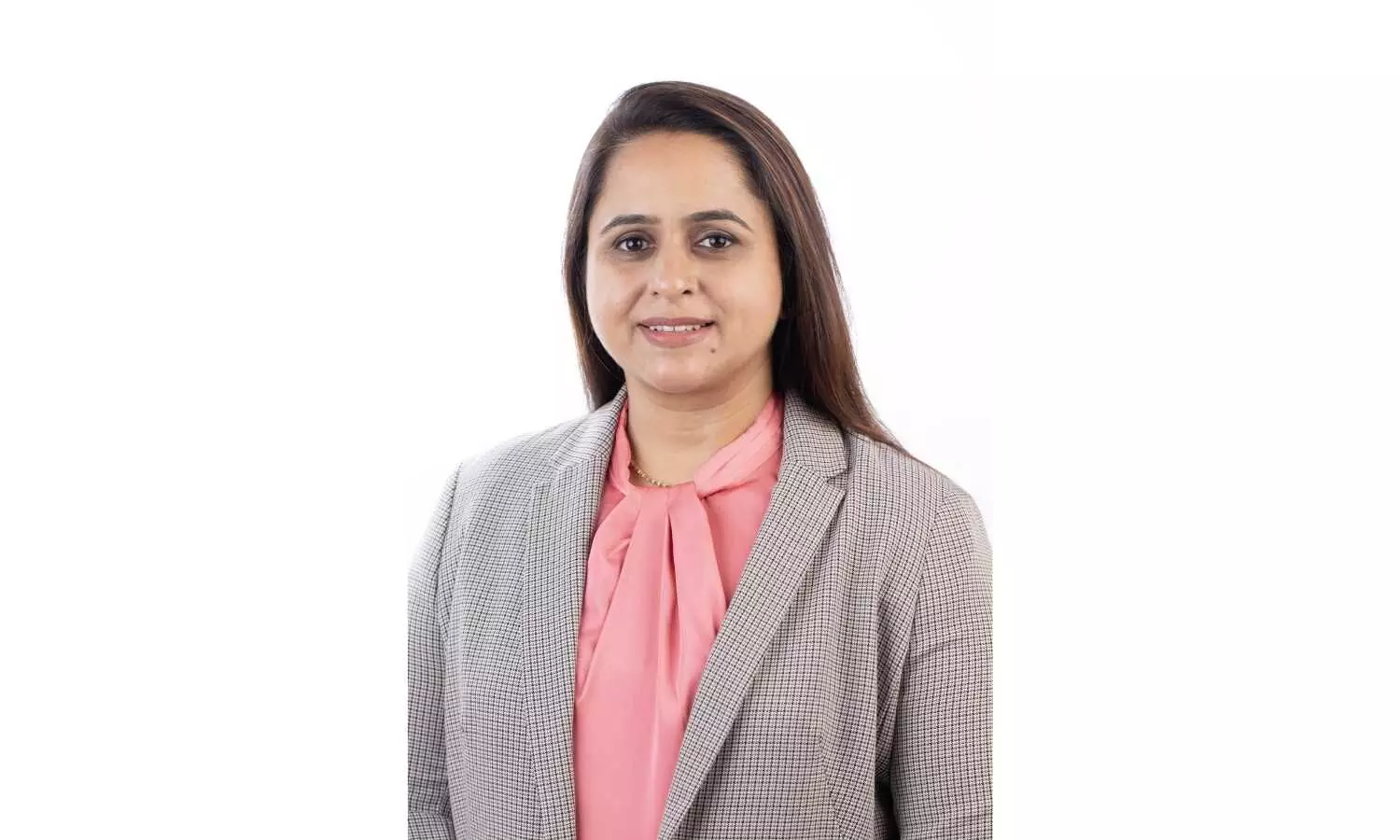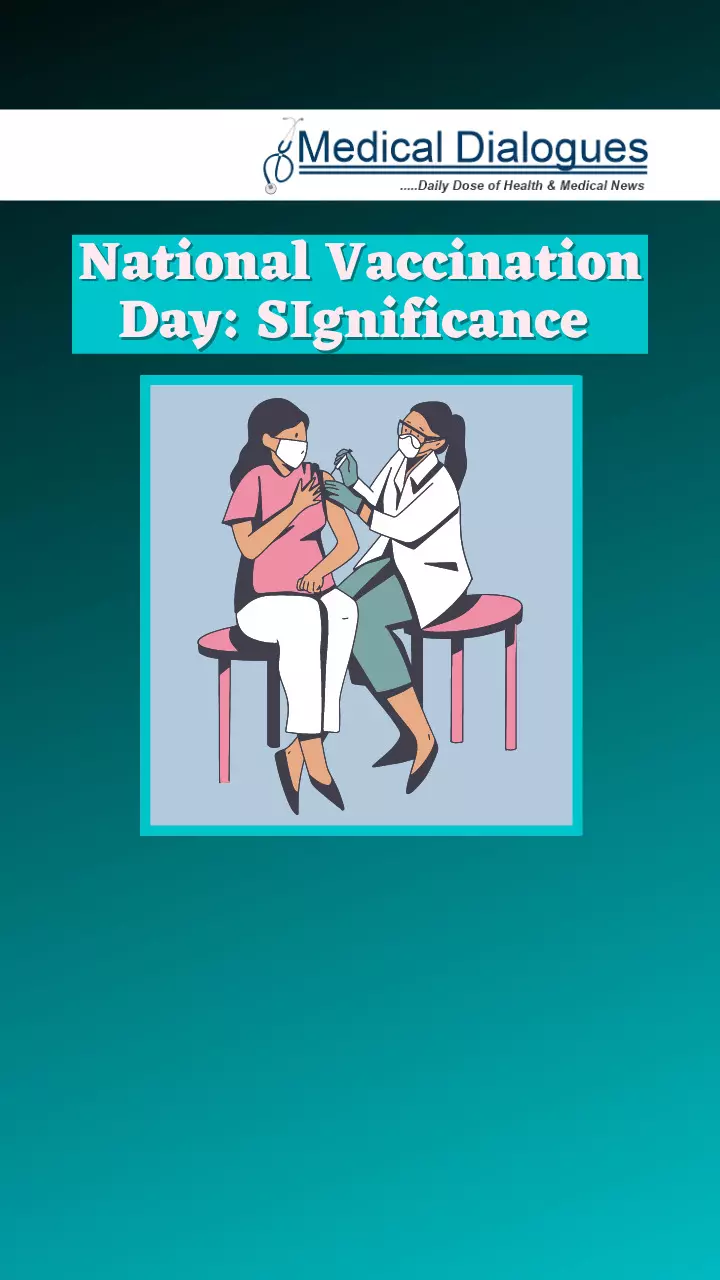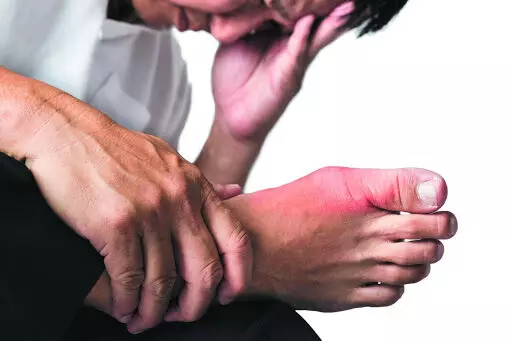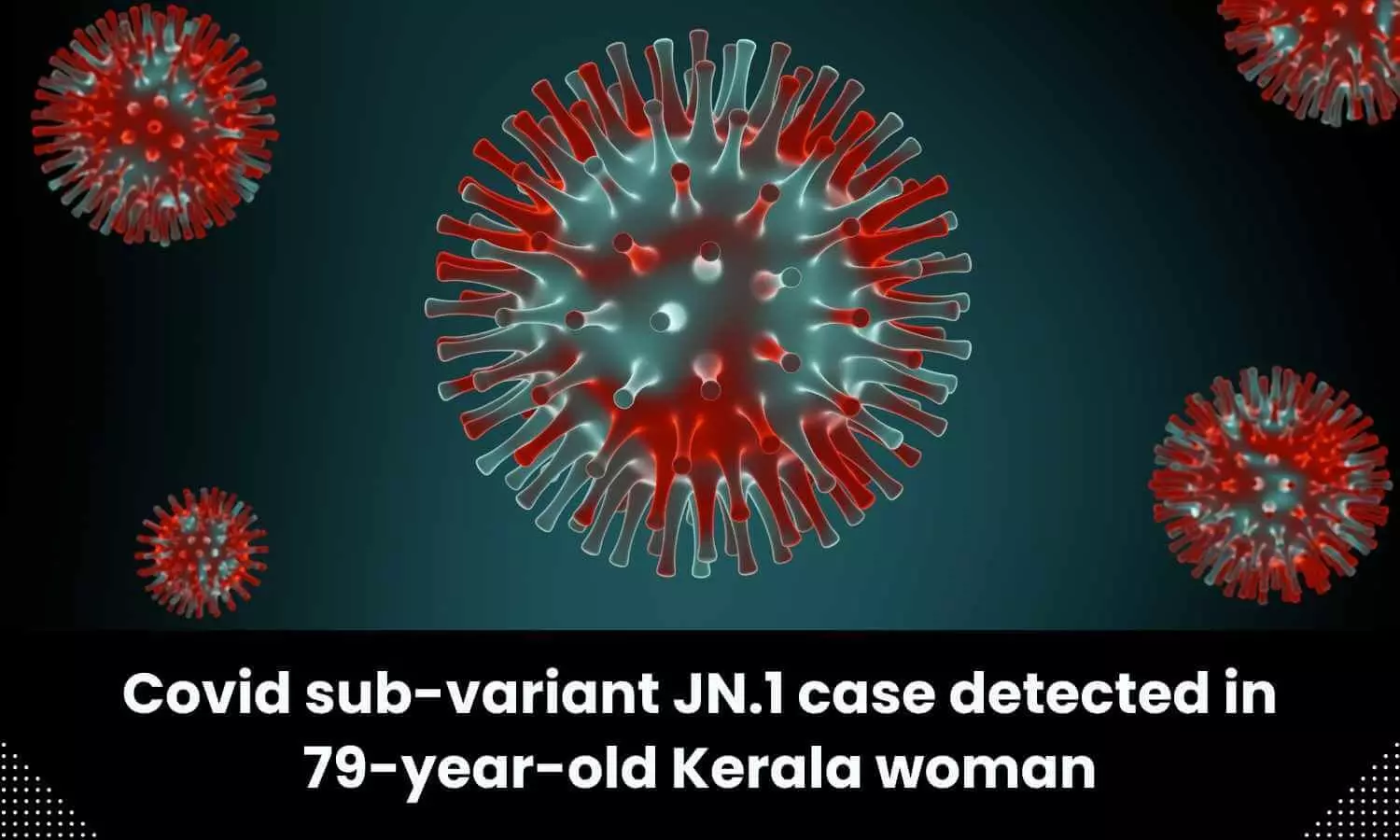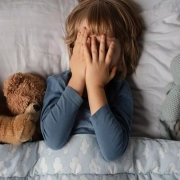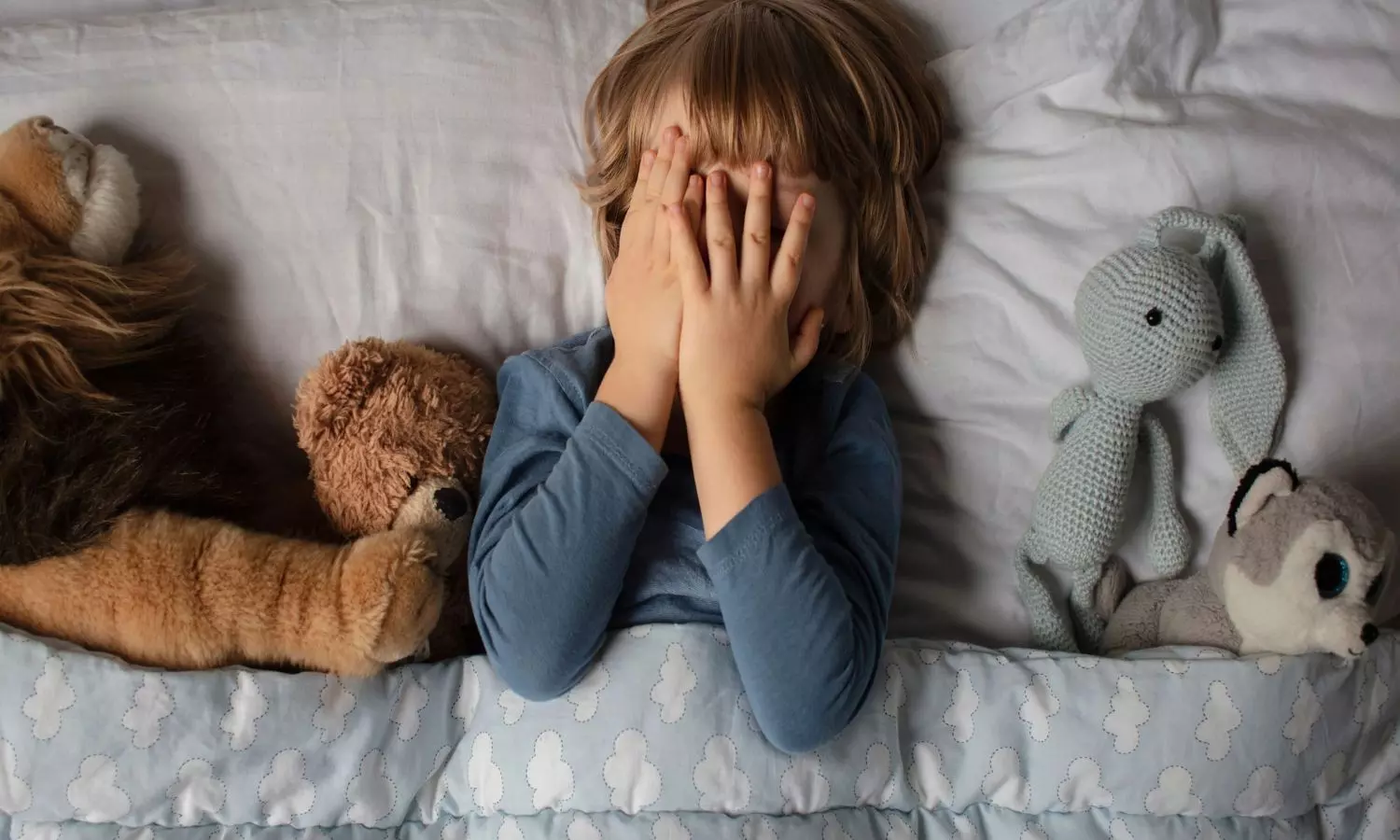Doctors cannot be blamed for consequences of pre-existing conditions: Consumer Court Relief to Orthopaedic Surgeon, Hospital

Chennai: The District Consumer Disputes Redressal Commission, Chennai (North), recently exonerated an Orthopaedic surgeon and a hospital from charges of medical negligence while opining that doctors cannot be held negligent for the consequences of treatment arising due to pre-existing conditions.
Referring to relevant legal precedents, the Commission reiterated that medical practitioners would be liable only where their conduct fell below the standards of a reasonably competent practitioner in his field.
It further pointed out that in the realm of diagnosis and treatment, there is scope for difference of opinion and one professional doctor cannot be held negligent merely because his conclusion differs from that of other professional doctors. Doctors cannot be held negligent so long the doctor persons his/her duties with reasonable skill and competence.
With such opinions, the Commission exonerated a Chennai-based hospital and its Orthopaedic doctor (head of the Orthopaedics department) from charges of medical negligence while treating a patient diagnosed with comminuted intera articular supra condylar fracture of left distil femur.
After perusing the medical records, the consumer court opined that the doctor followed and adopted recognized medical procedure in respect of the surgery. Further, the Commission found that the increase in pain and the second surgery were because the complainant did not have normal shape or strength in his left leg due to pre-existing polio. Referring to this, the Commission opined that the doctor and the hospital cannot be blamed in this context and therefore they were not liable to pay the alleged medical expenses as demanded by the complainant.
The matter goes back to 2009 when the complainant sustained an injury on his left knee and was admitted to St. Isabel Hospital for treatment. He was diagnosed with comminuted intera articular supra condylar fracture of left distil femur with pain and swelling on his left knee. He was admitted as an in-patient and the head of the department of Orthopaedics in the hospital, the treating doctor, advised him to undergo surgery.
Accordingly, the doctor conducted surgery and the complainant was discharged on 12.06.2009. However, even after discharge, the pain continued and therefore the patient first consulted the treating doctor and later prof. Dr.P.V.A Mohandas at MIOT Hospitals Manappakkam, Chennai for a second opinion.
The complainant was shocked when the second doctor, after studying the X-ray, opined that the report showed a poor reduction of the fracture and therefore, he advised the complainant to have corrective surgery for realignment and knee-spanning fixation. Another doctor advised removal of entire implants assembling refixation after proper alignment of the supra condylar fracture and bone grafting. The Plan II, as advised by the doctor was that in case of deep infection, implant removal wound debridement and external fixation. Plan III was after the control of infection to plan for a definitive internal fixation and bone grafting.
Consequently, the patient was admitted to Balaji Hospitals Chennai to undergo corrective surgery on 22.06.2009 and the concerned doctor conducted the same. Under the corrective surgery after administering to the complainant spinal anaesthesia, the implant was removed and the madiel femur condyle was displaced and refixed. Then a vascular edge of shift of femur nibbled and fractured aligned and fixed with a contoured locking plate with screw. Post operative period was uneventful and the complainant was discharged from the hospital on 08.07.2009.
However, the complainant alleged that he had to pay substantial amount of money for the 1st surgery and also for the corrective surgery later which was necessitated because of gross negligence of the treating doctor at the first hospital. He demanded Rs 4,87,362.50 from the doctor and the hospital as compensation.
On the other hand, the hospital submitted that it is a Charitable institution governed by nun sisters on a non-profitable basis. It also mentioned that the complainant was a known case of post-polio residual paralysis that had affected both his lower limbs even before the accident. Further, the hospital submitted that it did not decide to operate the very same day of admission but it was done later as a last resort attempt to extend the flexed knee.
It claimed that the nature and probable consequence of the surgery was explained to the complainant who was convinced that it was only an attempt to provide relief to the complainant from not only what he had sustained as a result of the alleged injury but also from what he had been suffering from prior to the fall.
As per the hospital, the patient was advised non-weight bearing knee brace and a review after 6 weeks and the requirement for a further review was also mentioned in the discharge summary which the complainant did not follow.
The treating doctor informed the consumer court that the complainant suffers from post polio residual paralysis of both legs with approximately 90 degree fixed flexion of the knees due to which he will not be able to straighten his legs at all.
He further submitted that as a reputed Orthopaedic surgeon, he was of the opinion that surgery should be done to correct the flexion deformity in the knee on the left leg to the maximum extent possible and due to pre existing polio the affected bone in his left leg does not have normal shape or strength. He also informed that the consequences of surgery were informed to the complainant prior to surgery and post operative pain is a common one and it takes time to for the fracture to heel.
Further, the doctor contended that he cannot be blamed for different opinions among professionals and further contended that the second treating doctor in no manner decry the earlier surgery it find fault with the same and the opinion of Dr Mohandass was based on X-ray showing poor reduction of fracture. The treating doctor opined that Dr. Mohandass’s opinion was misplaced since the complainant at no point in time had normal anatomy.
He further claimed that his attempt was to achieve flexibility in the complainant’s lower limb in the left leg so as to make the patient to stand up and the surgery done by him has been of the highest order and comparable with the services offered anywhere in the world.
After perusing the entire records and considering the arguments by both parties, the consumer court noted that the treating doctor conducted the surgery aiming at union of the fracture and to achieve strengthening of the lower limb in the left leg so that the patient may try to stand since he was previously crawling with his knees.
Referring to the operation notes and discharge summary, the commission opined that the treating doctor
“…followed and adopted the recognized medical procedure in respect of the surgery undergone by the complainant and no fault and defectiveness in the surgery is established by the complainant or by the two other doctors who subsequently gave opinion by examining the complainant and therefore the question of negligence will not arise since the complainant fail to prove that the surgery has not be done in accordance with the normal and acceptable practice in the medical field…”
Noting the pre-existing polio of the complainant, the consumer court observed that the doctor cannot be held negligent for the consequences of the pre-existing condition of the patient and noted,
“…it is further found that the increase in pain and the 2nd surgery by Dr.L.Subramaniyan were due to the fact that the complainant does not have normal shape or strength in his left leg due to pre existing polio and for which the opposite parties cannot be blame by the complainant and hence the opposite parties or not liable to pay the alleged medical expenses of Rs.487362.50/- as claimed in the complaint.”
The Commission referred to Supreme Court order in the case of Kusum Sharma and Others versus Batra hospital and medical research centre and others and the landmark judgment in the case of Kusum Sharma and others Versus Batra hospital and medical research centre and others.
Referring to these orders, the Commission reiterated that a medical practioner would be liable only where is contact fell below that of the standards of a reasonably competent practioner in his field. It further opined that in the realm of diagnosis and treatment there is scope for difference of opinion and one professional doctor is not negligent merely because his conclusion differs from that of other professional doctors. It further reiterated that one professional doctor is not negligent merely because his conclusion differs from that of other professional doctors and negligence cannot be attributed to a doctor so long as he perform his duties with reasonable skill and competence.
Therefore, exonerating the doctor and the hospital, the Commission mentioned in the order,
“In the present complaint also the 2nd opposite party has done surgery with reasonable skill and competence and hence he cannot be held liable for medical negligence. The 2nd opposite party relied upon a decision reported in (2009) 9 Supreme Court Cases 709 and contended that without examining the expert as a witness in court no reliance can be placed on an opinion alone and hence contended without examining the two doctors who gave opinion it is not possible to come to a conclusion that the 2nd opposite party as committed medical negligence in performing surgery. The above said case is applicable to the present complaint and hence it is found after careful scrutiny of documents that the complainant failed to prove the alleged medical negligence on the part of opposite parties and hence there is no deficiency in service on the part of opposite parties.”
“Based on findings given to point.no.1 since there is no deficiency in service or medical negligence on the part of opposite parties hence the complainant is not entitled for sum of Rs.487362.50/- with interest as claimed in the complaint. Point no.2 is answered accordingly. In the result the complaint is dismissed. No cost,” it added.
To view the order, click on the link below:
https://medicaldialogues.in/pdf_upload/chennai-dcdrc-228131.pdf
Also Read: Anaesthetist Alleges Wrongful Removal of Kidney, Consumer Court junks plea
Powered by WPeMatico



